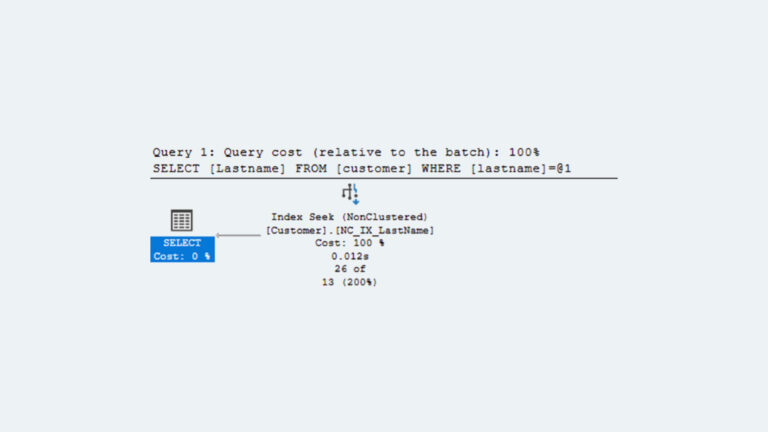David Woodard, COO
A little over a week ago I was fortunate to have an opportunity to attend SQL PASS Summit 2014 in Seattle, which is the premier conference for the Microsoft SQL Server community. I attended with Shawn Meyers, who is one of our Principal Architects here at House of Brick, and the technical lead of our SQL Server team.
AN OUTSIDE PERSPECTIVE
Now, those of you who know me know that I have been primarily an Oracle DBA/consultant, with quite a bit of sysadmin and development background thrown in as well. I’ve done some SQL Server DBA work, enough to be dangerous; like query tuning, indexing, and an upgrade (once). But I’ve lacked a deeper understanding of many SQL Server core features like backup and recovery, tempdb issues, etc. So, I wanted to talk about SQL PASS Summit from the perspective of someone who is a bit of an outsider looking in.
FAVORITE SESSIONS
The conference itself ran from Wednesday (11/5) to Friday (11/7). There were also all day pre-conference sessions on Monday and Tuesday, and I attended two great sessions on those days: “Zero to Hero with PowerShell and SQL Server” on Monday, and “Troubleshoot Customer Performance Problems Like a Microsoft Engineer” on Tuesday. I’ve got quite a bit of shell scripting experience, and PowerShell strikes me as very Perl-like and very powerful. Each new version has given us more access and control into more areas of the Windows OS and SQL Server. For those of you, like me, who are still growing in your SQL Server DBA skills, it is a must-learn technology.
Sean McCown’s Wednesday talk on “Performance Tuning Your Backups” was heavily attended by about 6,000 people (inside joke, you had to be there), and he spent pretty much the entire session doing demos of backups and restores, adding changes one by one such as increased BUFFERCOUNT, and showing us the results of each change. I’m not sure if Sean even fired up his PowerPoint slides, but if he did it was obviously much less memorable to me than the steady stream of demos.
Now, being a developer in a past life (heavy into C coding among other things), hex editors and stack traces are near and dear to me. Paul Randal’s Thursday session on “Advanced Data Recovery Techniques” was my favorite of the conference. He talked about DBCC WRITEPAGE, which can be used to correct low-level errors with datafiles (and can also break things if you’re not careful). But the most interesting demo was the use of a hex editor to repair a corrupt data file boot page using a copy of the page from an older backup. This session was the only time I’ve experienced an audience applauding after each demo – they were that cool.
Speaking of stack traces, there were plenty to be found in Bob Ward’s “Inside SQL Server I/O” (a two part session). Bob showed us how SQLOS, the operating system-like core of SQL Server, processes I/O, including using the WinDbg debugger to look at stack traces. He basically peeled back the onion and traced down through the layers of I/O calls to show us how things like asynchronous I/O and log writing work.
However, not all session were that deep technically, and I attended entry-level sessions on topics such as “Always On Quickstart” and “Analyzing I/O Subsystem Performance”. One of the other things I really picked up on is the fact that more and more enterprise level features have been added to each new version of SQL Server. In my opinion, since SQL Server 2005, it has been as scalable as Oracle. Also, one distinct advantage I see for SQL Server over Oracle is that you don’t have to pay extra for features like table partitioning, in memory database and performance data gathering, and analysis tools. These items can really add cost to an Oracle implementation.
CONCLUSION
All in all, it was a great conference and the SQL Server community was as gracious, fun, and willing to share as I’d heard they were. I would recommend SQL PASS Summit to both the new and experienced DBAs alike.






